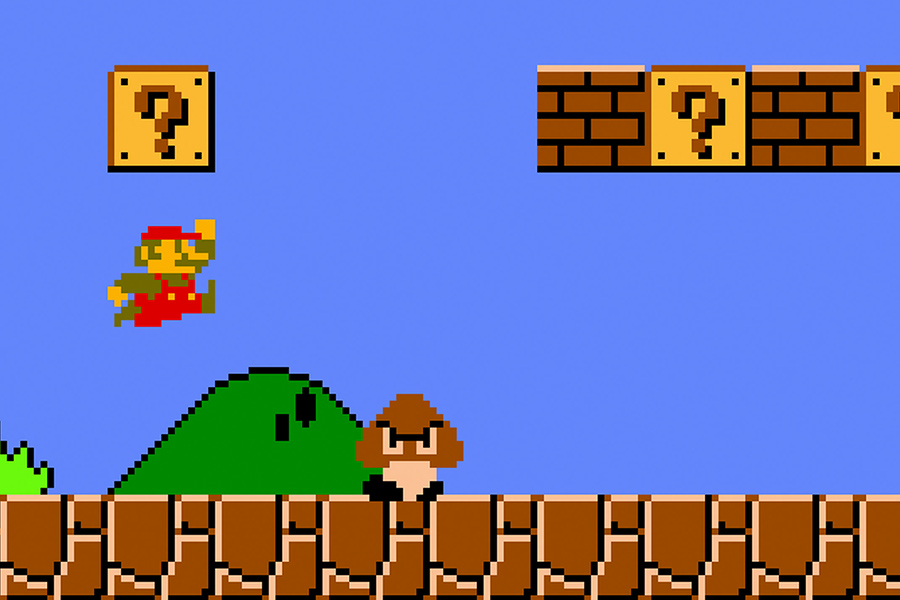When little-known musician, Koji Kondo, emerged from the cultural wonderland of Nagoya, Japan in the mid 1980s, he did so with startling grace and maturity beyond his years. With no formal musical training to his name, the 23 year-old Kondo was perhaps an unlikely hero when he was employed to write music for a little known company called… Nintendo.
Kondo scored his biggest hit in 1985, with a track that he named Ground Theme. Today, Ground Theme is perhaps best known as the Mario theme song.
As groundbreaking as it was pervasive, the Mario theme song is one of the most iconic melodies on the planet. 30 years on, we observe how it came together.
Never one to take the easy way out artistically, Kondo recalled in a 2007 interview that he “wanted to create something that had never been heard before” when writing the theme.
Despite these good intentions, few could have predicted the extent to which Kondo’s creation would break down the barriers of video game composition. Even fewer would have suggested that the young artist could have done so with both finesse and subtlety.
But ingenuity was a harsh mistress for Kondo, who scrapped many versions of the original Mario theme song. The music, he felt, had to be rhythmically in-sync with Mario’s every move, yet at the same time, completely maintain the aforementioned innovation in the minds and ears of listeners.
To strike this balance, Kondo employed the rhythmically sporadic conventions of calypso music. Indeed, the opening phrase of the piece begins with an iconic semiquaver-quaver-semiquaver pattern, one that has typified calypso music since its inception. To further enforce these characteristics, Kondo pitted this rhythmic complexity against a simple, 4/4 time signature. Finally, he crafted a balanced drum beat which helped to complement his intricate synthesiser lines.
Rather than opt for the harmonic simplicity of calypso music, Kondo experimented with colourful chordal patterns and parallel harmonies. The result? A piece of music which was both innovative in its choices of pitch and rhythm, but one which also served to support the momentum and drive we associate with Mario as a character.
In looking back on the track, the steel drum-esque synthesisers used are a nostalgic reminder of an iconic period of popular culture history. Indeed, no piece of video game music has been as culturally penetrative, nor as influential, as the young Kondo’s Ground Theme.
To this day, Kondo remains involved with Mario, having worked as sound director and co-composer on 2015’s Super Mario Maker. If the mark of a true genius is an ability endure the test of time, both Kondo, and his musical creation, certainly fits the bill.




